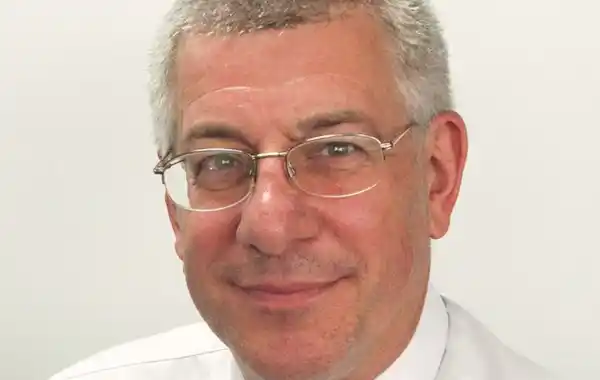18 May 2022
|
The Institute of Refrigeration (IOR) webinar on the new draft EU F-Gas Regulation highlighted the key changes proposed and raised a number of questions to be followed up with legislators.
Emissions expert and IOR past president Ray Gluckman discussed these in his talk which over 400 people had registered to attend.
Q1. How closely will the UK Regulation follow the EU changes?
The EU and UK legislation revision process are running separately but in parallel. It is not yet known whether the UK may decide to have different rules. In the UK industry, stakeholder meetings continue to be held and a full consultation is expected later this year. It is likely to be 2024 or 2025 before we see a new UK Regulation in place. Nevertheless, it is recognised that the more similar the UK requirements are to the EU the easier it will be for the industry to comply and the UK has similarly ambitious climate objectives.
Q2. Which applications will be subject to bans?
There are proposed bans in 2025 on the use of refrigerant with a GWP higher than 150 in self-contained refrigeration equipment and plug-in air conditioning and heat pump equipment. Further clarification is awaited on which equipment will come into scope of these definitions and whether transport is included. There is also a proposed ban in 2027 for split air-conditioning and heat pumps with a GWP above 150. This means significantly different refrigerants such as pure HFOs or propane will need to be used more widely – recent changes to product safety standards will help to ensure safe use. Manufacturers will need to work quickly to ensure products and components are ready in time – particularly in the heat pump sector.
Q3. How will equipment not subject to use bans be affected?
The proposed HFC phase-down would reduce the supply of HFCs down to 95% by 2030 – resulting in very little high GWP refrigerant available for new RACHP equipment by this time and increased prices.
Q4. How are emissions prevention measures expected to change?
There are useful measures to strengthen the leak checking, recovery and training aspects e.g., including HFOs, and recovery from foams. We are awaiting further details of what extra training will be required and which alternatives to HFCs will be included.
Q5. Will the changes to the quota system help to curb illegal exports?
There are a range of changes to the quota system that will help ensure more rigorous processes, including a fee to receive quota, new approvals for appointing quota holders and new duties on customs to check imports.
In summary, Ray Gluckman concluded that the new proposals will strengthen key areas that will be welcomed by the industry, however, some of the targets are ambitious and will present challenges – such as the accelerated phase-down process and GWP-based product bans. It is worth pointing out that these proposals are still being negotiated and we will need to closely monitor developments as further changes are likely before the final EU regulations come out next year.
Anyone who missed the event but would like to find out more can listen to the recording on the IOR website.








